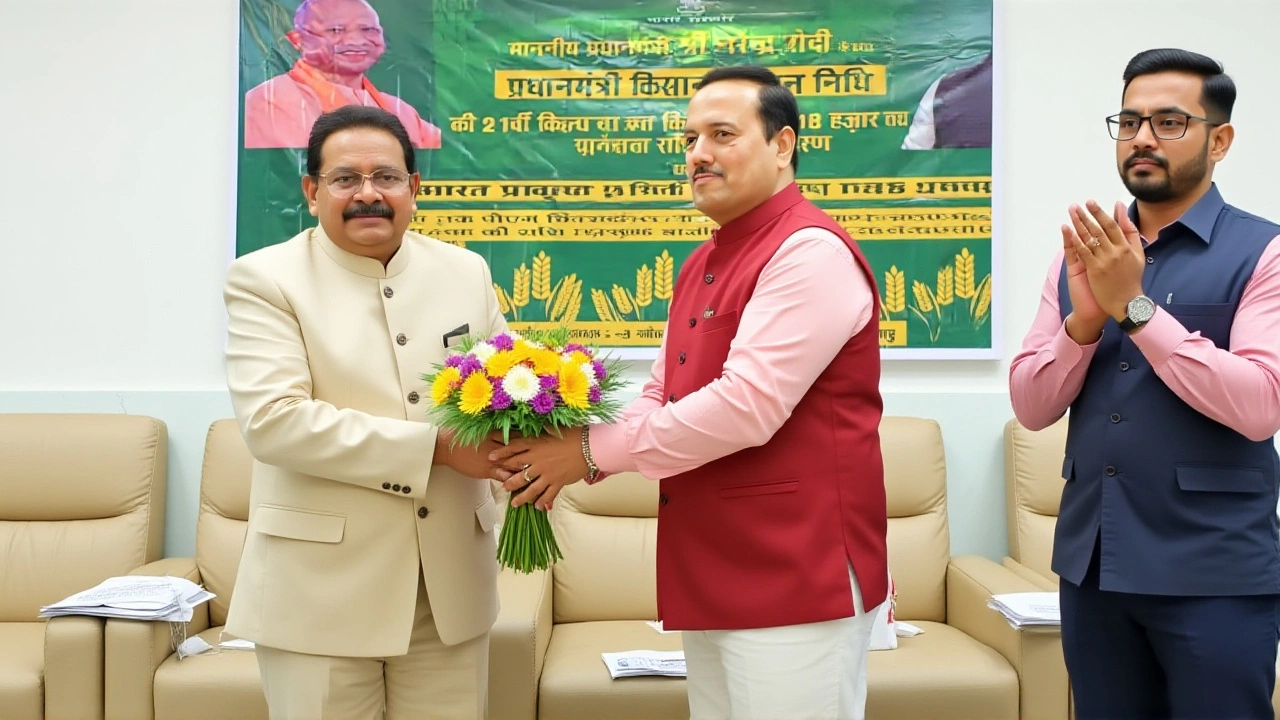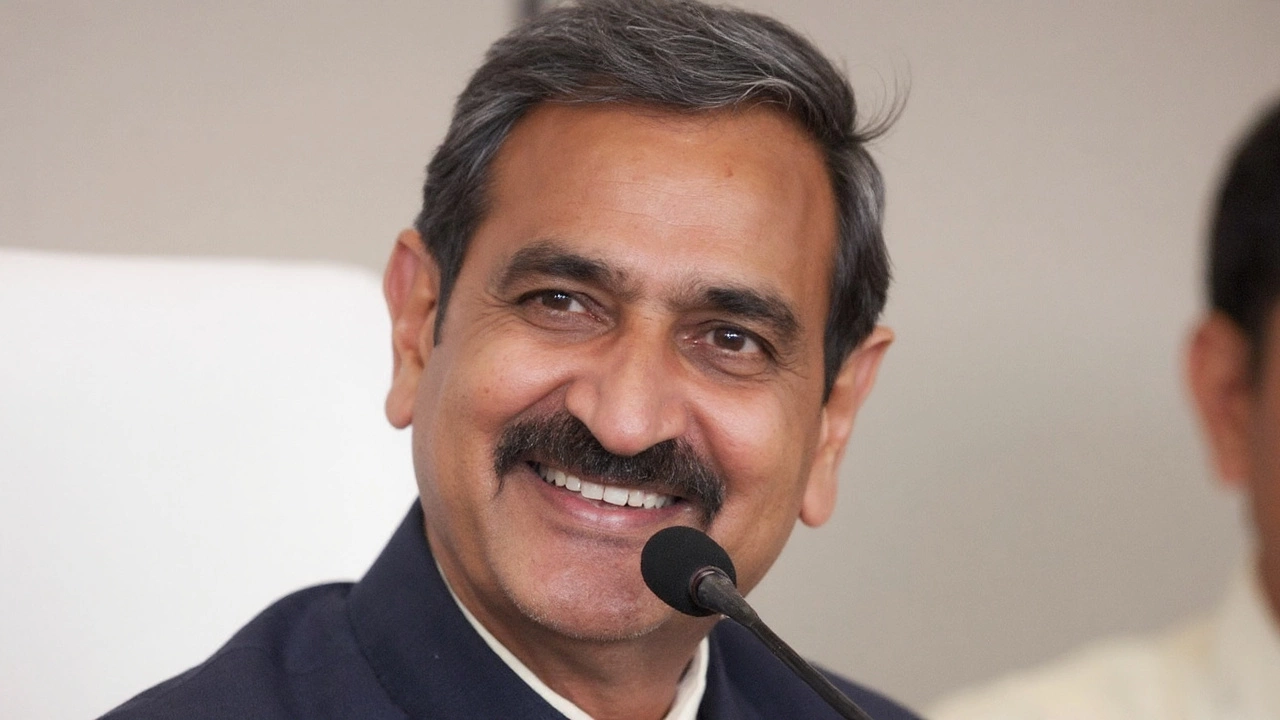Finance and Economy – Himachal Pradesh Revives Lottery to Fight Debt Crisis
Himachal Pradesh is in a tight spot. The state owes about Rs 1 lakh crore and the central grant is shrinking. To plug the gap, the cabinet voted to restart a state lottery after a 26‑year ban. The idea is simple: sell tickets, collect money, and use the cash to pay off debt.
Why a lottery? Other Indian states have shown it can work. Kerala, Punjab and Sikkim run digital lotteries that pull in Rs 50‑100 crore every year. Himachal hopes to match that. The plan is to run the lottery online, so people can buy tickets from their phones, making it easier and more transparent than the old paper version.
How the digital lottery is expected to work
The new system will list ticket numbers on a secure website. Players choose their numbers, pay instantly, and the draw happens live. Winners get their prize money directly into bank accounts, cutting down on cash handling and fraud. The state will keep a percentage of each ticket sale as revenue, which should add up to at least Rs 50 crore a year, maybe more if the public jumps on board.
Supporters say this could be a lifeline. With Rs 1 lakh crore of debt, every extra rupee counts. The money could go to paying interest, funding critical projects, or even improving basic services like health and education. For a state that relies heavily on tourism, a steady income stream could smooth out seasonal ups and downs.
Political and social concerns
Not everyone is on board. Opposition parties warn that a lottery can encourage gambling, especially among low‑income families. They argue that the social cost might outweigh the financial gain. The ruling Congress party counters that the digital format reduces addiction risk and that the revenue will benefit everyone.
Experts suggest a balanced approach. They recommend strict age verification, clear information about odds, and a portion of lottery profits earmarked for social welfare programs. That way, the state can collect money while also protecting vulnerable groups.
For people living in Himachal, the lottery could become a small source of excitement. Buying a ticket might feel like a chance to win big, and the online platform means you don’t have to travel to a shop. It also creates new jobs in tech support, marketing, and customer service.
From a finance perspective, the move shows how states can think outside the box when traditional revenue streams dry up. Instead of raising taxes or cutting services, they’re tapping into a market that already exists – people who like the thrill of a chance.
Will the lottery solve the debt problem? Probably not on its own, but it can be a useful piece of a larger plan that includes better budgeting, smarter spending, and maybe more central support. If Himachal can run the system cleanly, other states facing similar challenges might take note.
Bottom line: Himachal’s lottery revival is a gamble with the state’s finances. If it works, the cash flow could ease the debt burden and fund needed services. If it fails, the political backlash could be strong. Keep an eye on the rollout – the first few months will tell if this finance experiment is worth the risk.
PM Modi Disburses ₹18,000 Crore in 21st PM-Kisan Installment from Coimbatore to 9 Crore Farmers
PM Narendra Modi disbursed ₹18,000 crore to 9 crore farmers via the 21st PM-Kisan installment from Coimbatore on November 19, 2025, bringing total disbursements to ₹3.7 lakh crore since 2019. Only those with linked Aadhaar and e-KYC received funds.
- Nov, 20 2025
- 0 Comments
Himachal Pradesh Revives Lottery to Tackle Rs 1 Lakh Crore Debt Crisis
Facing a staggering Rs 1 lakh crore debt, Himachal Pradesh plans to bring back its state lottery after a 26‑year ban. The cabinet expects the digital lottery to pull in Rs 50‑100 crore yearly, mirroring successes in Kerala, Punjab and Sikkim. Opposition parties warn of social risks, while the ruling Congress argues the move is a necessary fiscal lifeline amid shrinking central grants.
- Sep, 23 2025
- 0 Comments

